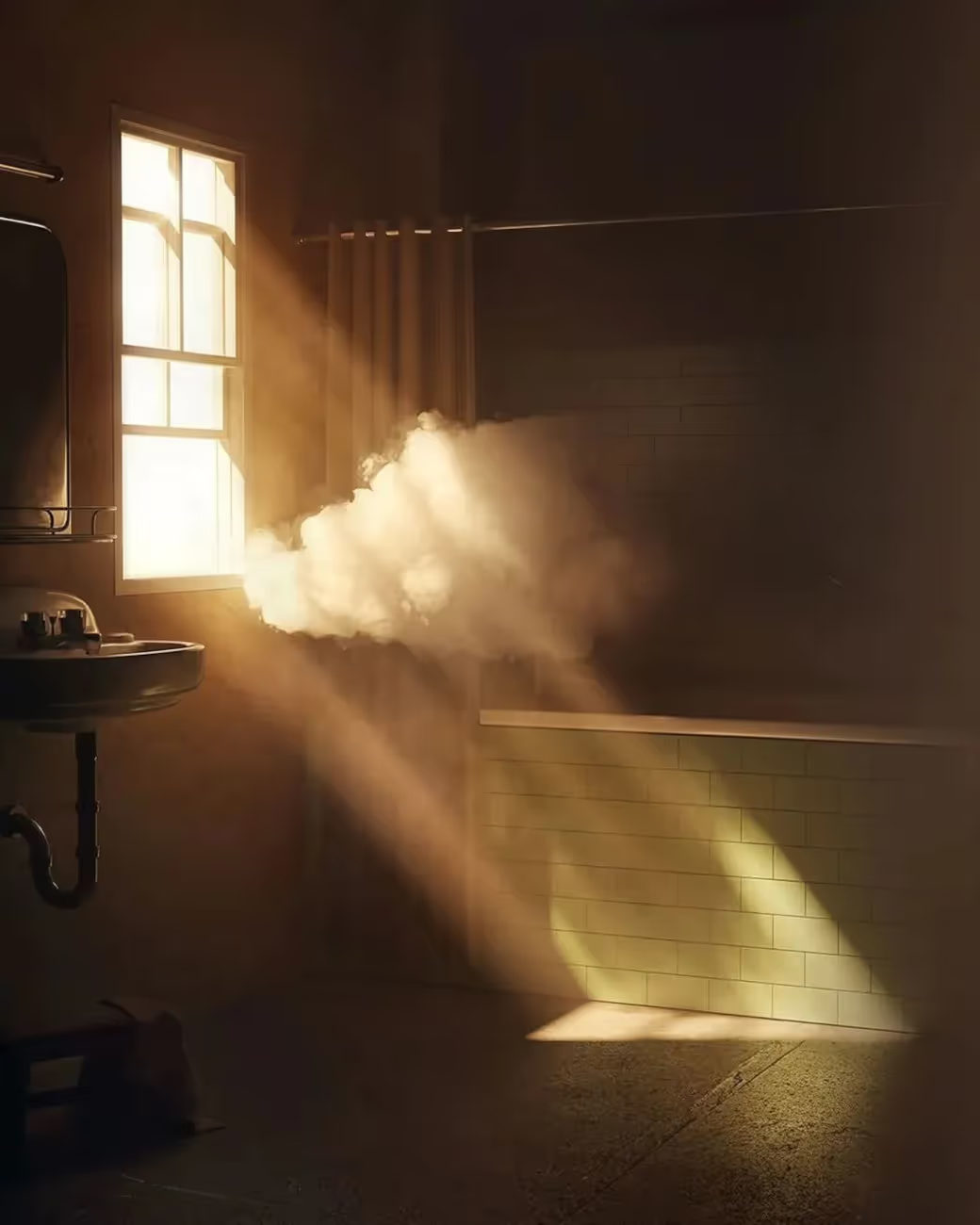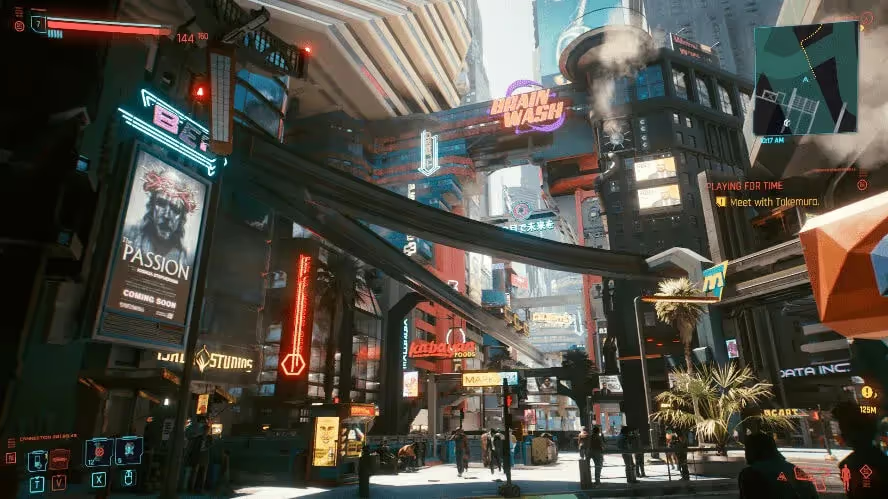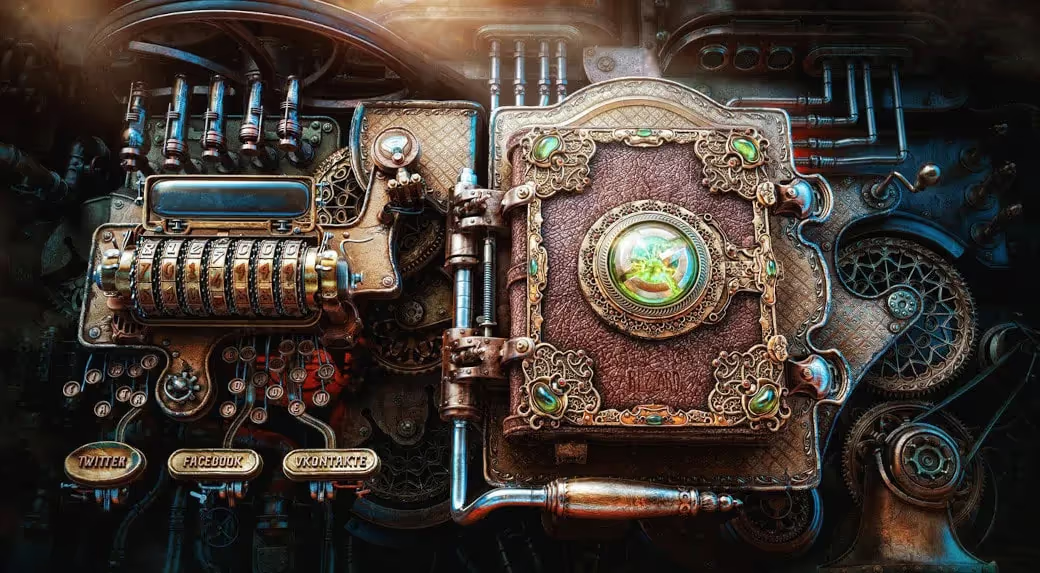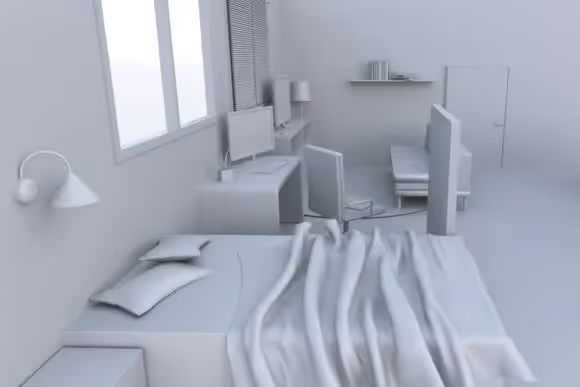
Throughout history, the evolution of art has been deeply influenced by the cultural and ideological environments in which it was created. This continuous development has led to the emergence of distinctive characteristics, or "aesthetics," that are representative of a particular culture or ideology.
In today's digital era, 3D rendering has primarily been utilized for visualisation and VFX purposes. However, thanks to the popularity and proven reliability of render farms, the medium has become much more accessible, transforming it into a viable platform for artistic expression. In this article, we will explore some of the most prevalent aesthetics found in contemporary 3D renders, shedding light on the creative potential of this ever-evolving art form.
Realism, as an aesthetic in 3D renderings, can be understood by examining its roots in art history. Realism emerged as a movement during the 17th century, challenging the traditional Greek ideals of beauty and perfection by portraying the world as it truly was, with all its imperfections. Artists like Caravaggio embraced these imperfections, believing that they added depth and authenticity to their work.
The ideology behind Realism seeks to capture the essence of reality, without embellishments or idealization. When applied to 3D renderings, this translates to the meticulous representation of textures, materials, and lighting conditions that mirror the natural world. The art of creating realistic 3D renders shares similarities with photography, as both require a keen understanding of composition, lighting, and perspective to evoke a sense of realism.
In the realm of 3D rendering, Realism is commonly seen in architectural visualizations, product design, and various digital media such as movies and video games. By adhering to the principles of Realism, artists and designers can produce lifelike renderings that captivate and resonate with viewers, providing an authentic experience that closely mirrors reality.

For the project above, I recreated every detail of the wooden watch and then to emphasize the realism I worked on textures and materials. The choice of a spotlight and a dark background was to highlight the details and give the watch a solid personality.
Minimalism embodies the essence of simplicity and refinement. This challenging yet highly effective style can be encapsulated by the words of Antoine de Saint-Exupéry: "Perfection is achieved, not when there is nothing more to add, but when there is nothing left to take away”.
In today's fast-paced world, we are constantly bombarded with information and stimuli, making the clarity and conciseness of minimalism a refreshing and appealing contrast.
In the context of 3D renderings, minimalism is characterized by balance and neatness, where each element contributes significantly to the overall composition.
The minimalistic approach focuses on the careful selection and arrangement of objects, colors, and forms, resulting in renderings that convey messages with striking clarity and visual impact. By embracing the principles of minimalism, artists and designers can create powerful, uncluttered visuals that resonate with audiences and effectively communicate their intended message.

The image above represents an example of a minimalistic layout where the ton sur ton colors are balanced by the light contrast of the flowers but still leave the handbag as the protagonist of the scene.
Surrealism thrives in the boundless realm of the digital world, where artists can defy the laws of physics and embrace the fantastical. This captivating style merges reality with elements of enchantment and whimsy, resulting in dreamy and magical visual experiences. The allure of surrealism lies in its ability to maintain a connection with realism while infusing it with a touch of the extraordinary.
In the context of 3D renderings, surrealism encourages artists to explore and experiment with novel and imaginative concepts. The nature of this style often demands the use of complex and unusual materials, textures, and lighting conditions that can push the limits of personal computers. As a result, surrealistic designs often benefit greatly from the support of render farms, which can handle the computational demands of these intricate and otherworldly creations.
By embracing the surrealistic aesthetic, artists and designers can transport audiences to mesmerizing realms that blend the familiar with the fantastical, providing visually stunning and thought-provoking experiences.

This is one of my favorite renders designed by the artist Morten Lasskogen, in art iammoteh. The use of light and the advanced use of particles in the air are the essence of this project making the entire scene plausible.
The cyberpunk aesthetic is deeply rooted in the concept of a futuristic society where advanced technology coexists with a dystopian, lowlife environment. This style effectively portrays societal decay despite the presence of cutting-edge technological advancements, often incorporating thought-provoking messages and themes.
Key elements of the cyberpunk style include the pervasive integration of advanced technology into daily life, such as human prosthetics, androids, and automated machines. Visually, this aesthetic is characterized by an abundance of neon lights, even in daylight, creating the impression that the world is perpetually viewed through a high-tech device. Cyberpunk renderings typically feature sharp, vibrant contrasts in light and color, emphasizing the underlying decadence and dystopian nature of the style.
Due to the extensive level of detail and complexity involved in creating cyberpunk-inspired 3D scenes, render farm services are often crucial in handling the computational demands of these designs. By utilizing a render farm, artists and designers can preserve their own machines while still achieving outstanding results in a reasonable timeframe, bringing the rich and immersive world of cyberpunk to life.


Steampunk is a distinctive subgenre of sci-fi that fuses retro-futuristic technology with aesthetics inspired by the 19th-century industrial era when steam-powered machinery was the driving force of innovation. This unique style exudes a dark, gritty allure characterized by intricate details and the use of materials such as steel, velvet, embroidered fabrics, and strapped leather elements.
A defining aspect of the steampunk aesthetic is its penchant for exaggeration and opulent decorations, coupled with an array of rich textures. This style also embraces striking contrasts in colors, lighting, and materials, further contributing to its visual appeal and thematic complexity.
In the realm of 3D renderings, steampunk-inspired designs often feature elaborate mechanical contraptions, Victorian-era fashion, and an atmosphere that harkens back to the age of steam power. By incorporating these elements, artists and designers can create immersive and captivating visuals that transport audiences to an alternate, steam-driven reality.

Regardless of the chosen aesthetic, the process of creating 3D renderings involves careful consideration and manipulation of various factors that can significantly impact the final result. Among these factors, lighting plays a crucial role in establishing the mood of a scene and effectively conveying the intended message.
In many instances, artists and designers first test and adjust lighting settings in the absence of materials and textures. By doing so, they can better focus on the interplay of light and shadow, ensuring that the scene's atmosphere is consistent with their creative vision. Once the lighting has been fine-tuned, materials and textures can be added, further enhancing the visual appeal and realism of the rendering.

The second crucial factor in creating compelling 3D renderings is the use of textures and maps, as they determine the appearance of each object and their interaction with light, ultimately contributing to a realistic or stylized look. To quote Abraham Lincoln, "If I had six hours to chop down a tree, I'd spend the first four hours sharpening the axe." This sentiment can be applied to the importance of dedicating time and effort to perfecting textures and maps in 3D rendering.
Working on textures and maps is akin to sharpening the axe, as it lays the foundation for the final visual quality of the rendering. By carefully designing and combining various maps, artists and designers can effectively convey intricate details, such as the realistic wood grain of a log, as seen in the example image. These details, when combined with appropriate lighting, can elevate the overall visual impact and authenticity of a 3D scene.
In summary, investing time and effort into refining textures and maps is a vital aspect of the 3D rendering process. By doing so, artists and designers can create visually stunning and immersive environments that captivate audiences and effectively communicate their intended vision.

Another critical factor that significantly influences the success of a 3D rendering is the point of view, which is determined by the position of the camera within the scene. The chosen camera angle and perspective can greatly impact the emotions and messages conveyed by the rendering, as well as its overall visual appeal.
Depending on the intended outcome, the feelings to be communicated, and the specific content and style of the scene, camera placement and settings may vary. For instance, architectural visualizations, product renderings, and interior design presentations each have distinct requirements and considerations that inform the optimal camera setup.
Experimenting with various camera settings and positions allows artists and designers to find the best combination that aligns with their project objectives. By carefully selecting the camera's point of view, they can create dynamic and engaging 3D renderings that effectively showcase their work and communicate their artistic vision to audiences.

Rendering is indeed a powerful tool that enables artists and designers to achieve a wide range of creative goals, whether it be for professional architectural or interior visualizations, industrial design presentations, simulations for project decision-making, entertainment through video games and movies, digital art, or simply for personal enjoyment.
It is highly recommended that artists continually refine their aesthetic sensibilities by observing and studying various forms of art and photography. Analyzing the techniques employed by masters across different eras can provide valuable insights into how they were able to combine elements in a scene to create visually pleasing and engaging compositions. Regardless of the artistic style, the human eye and brain are naturally drawn to beauty, which can be expressed in numerous ways, including minimalistic approaches as previously discussed.
The key to creating eye-catching aesthetics in 3D renderings lies in striking the right balance between all the "ingredients" such as materials, textures, lighting, and camera positioning. By carefully considering and harmoniously combining these elements, artists and designers can produce captivating and visually stunning renderings that truly resonate with viewers. So, enjoy the process and continue to create inspiring and beautiful renderings!